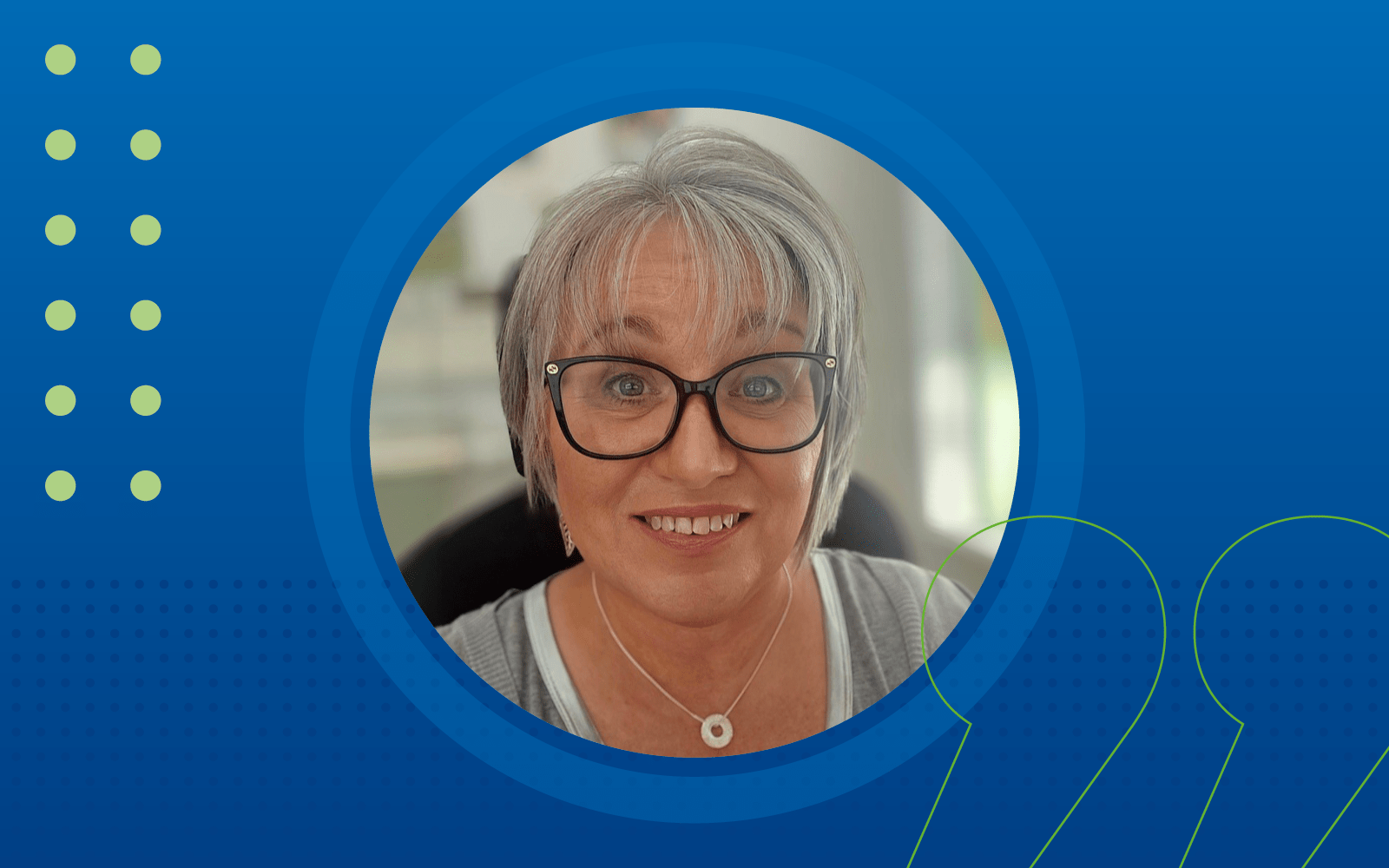Gill Hardy, Digital Solutions Portfolio Manager at NECS, shares her story about suffering from Sepsis to help raise awareness ahead of World Sepsis Day on 13 September.
The UK SEPSIS Trust reports that in the UK, five people die from sepsis every hour. The condition is more common than heart attacks, and kills more people than road accidents and bowel, breast and prostate cancer combined. The York Health Economics Consortium (YHEC) estimates that sepsis costs the UK economy up to £15.6 billion every year.
“Six years ago, I found myself being at work as normal in the morning, to ending up in high dependency that evening.
“The day started as usual, albeit with a few niggling stomach pains with the thought of I must call the GP as these niggles are not going away. By lunch time common sense prevailed, I wasn’t well enough to stay at work and I drove home from John Snow House. It was 40 minutes of counting down the miles as the pain increased. I was started to feel nauseous, shivery and freezing cold, my skin felt ‘cold’.
“What followed in the next 2-3 hours is a bit of a blur. My husband (thankfully at home that day) made the call to 999 when it was clear to him that I was very poorly, very confused and losing consciousness. That decision certainly saved my life. I vaguely remember the ambulance journey and I remember a lot of noise and commotion on arrival at A&E. The next real memory I have is two days later when my consultant was telling me that I was being treated for Sepsis. I didn’t hear much after that, I just wondered how on earth I did not realise I was ‘that sick’?!
“How did I get Sepsis? In my case my appendix burst and infection spread throughout my lower abdomen. Whilst my encounter with Sepsis was somewhat extreme, Sepsis always starts with an infection and that infection can be something we don’t think of as serious … water/UTI, teeth/gum, chest infections.
“The next eight weeks were spent in hospital, being pumped full of antibiotics which of course saved my life but as we know are not without side effects. Physical recovery from the infection (and the heavy-duty antibiotics) took around six months. However, the hardest part of the recovery journey has been learning how to manage my health conditions that Sepsis left behind, including acute anxiety, flashbacks and panic attacks that also hit me just when I was starting to improve. Importantly, I learned that these are part of a recognised condition – Post Sepsis Syndrome (PSS). It was debilitating some days. I was introduced to a wonderful PTSD support counsellor and we’re still linked six years later.
“I had the best consultants and medical professionals looking after me that I could have wished for. They spotted that it was Sepsis and started treating me immediately. Starting antibiotics at the earliest time is crucial. I was one of the lucky ones, many others don’t get the same outcome.
“From this blog, I’d like you to:
- Take the time to read about Sepsis, we all need to learn to spot the signs both for ourselves and others and become Sepsis Savvy!
- Don’t forget Sepsis is a life-threatening reaction to an infection – it can lead to shock, multiple organ failure and even death if not recognised and treated quickly.
- Remember this happens when your immune system overreacts to an infection and starts to damage your body’s organs and tissues.
- Help by raising awareness and get involved with fundraising and volunteering


